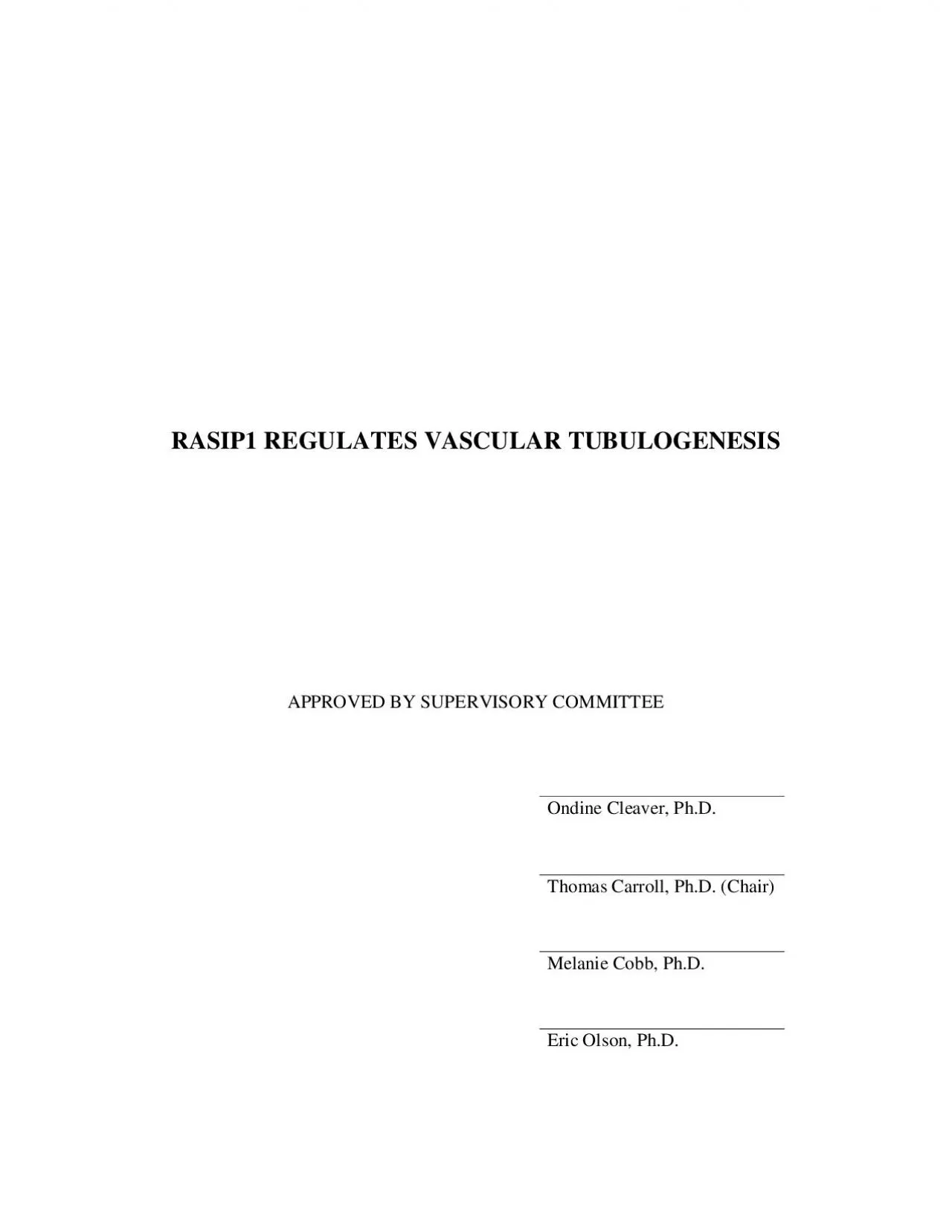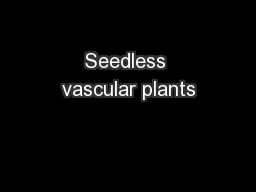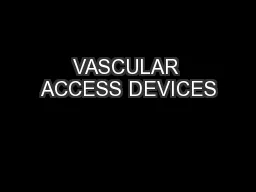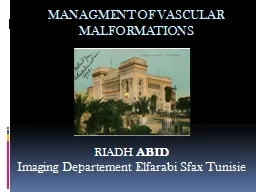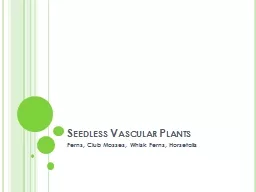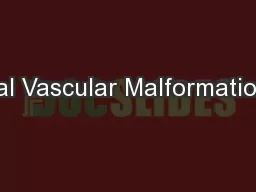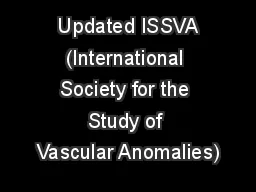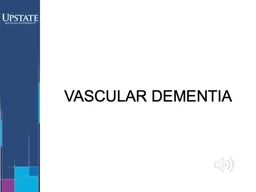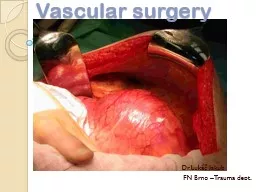PDF-RASIP1 REGULATES VASCULAR TUBULOGENESIS
Author : roy | Published Date : 2021-09-10
APPROVED BY SUPERVISORY COMMITTEEOndine Cleaver PhDThomas Carroll PhD ChairMelanie Cobb PhDEric Olson PhDToMy familyACKNOWLEDGEMENTI am extremely grateful toDr Ondine
Presentation Embed Code
Download Presentation
Download Presentation The PPT/PDF document "RASIP1 REGULATES VASCULAR TUBULOGENESIS" is the property of its rightful owner. Permission is granted to download and print the materials on this website for personal, non-commercial use only, and to display it on your personal computer provided you do not modify the materials and that you retain all copyright notices contained in the materials. By downloading content from our website, you accept the terms of this agreement.
RASIP1 REGULATES VASCULAR TUBULOGENESIS: Transcript
Download Rules Of Document
"RASIP1 REGULATES VASCULAR TUBULOGENESIS"The content belongs to its owner. You may download and print it for personal use, without modification, and keep all copyright notices. By downloading, you agree to these terms.
Related Documents

